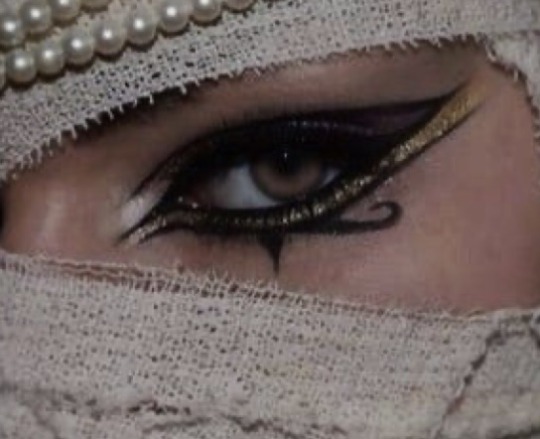#ancient egypt aesthetic
Text

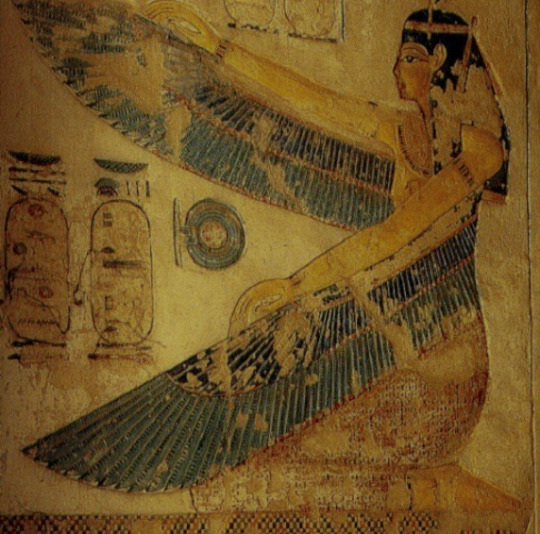
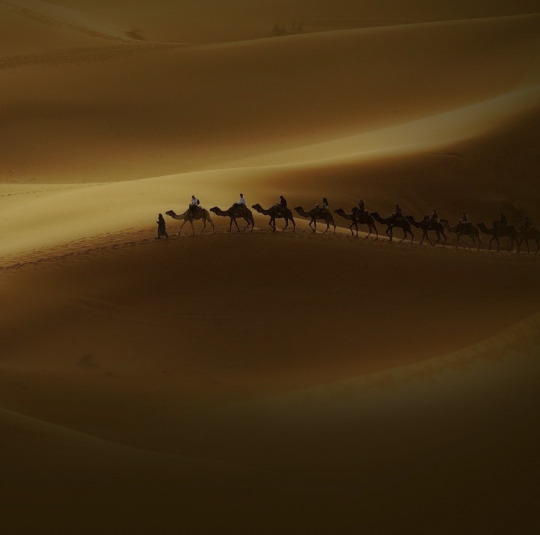
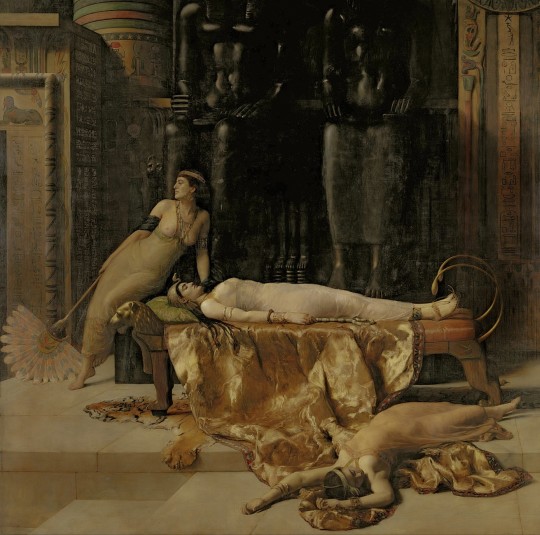
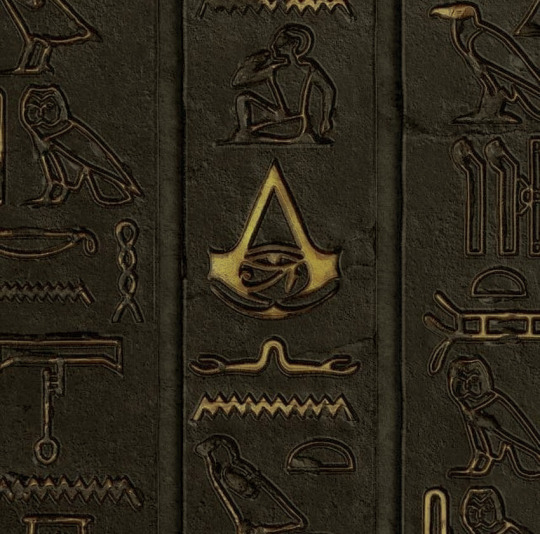



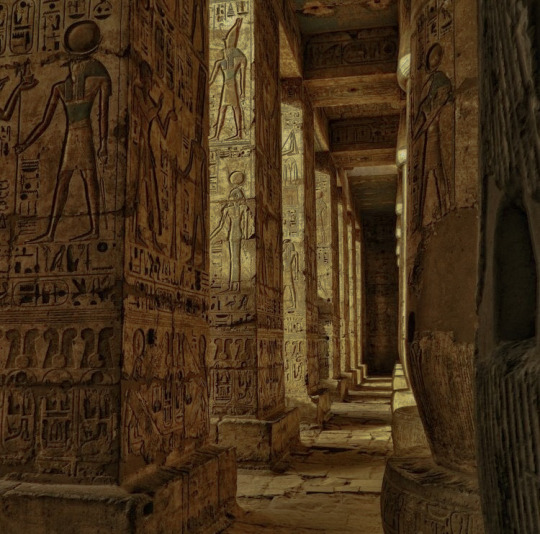
#hannamichelle-seraf#ancient egypt#gods of egypt#egiptian#egyptian mythology#maat#art of ancient egypt#ancient egypt aesthetic#moodboard
137 notes
·
View notes
Text
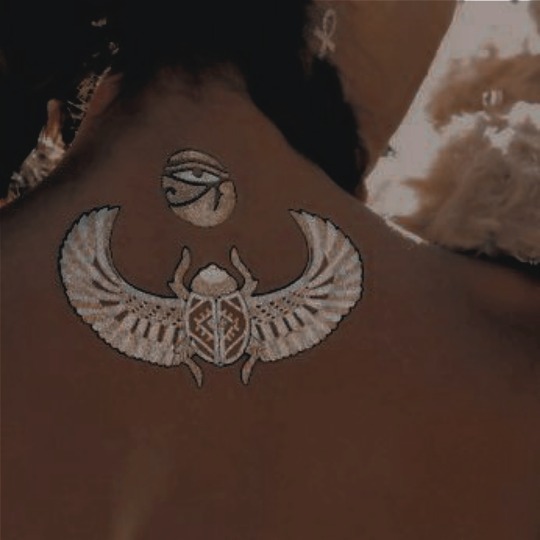

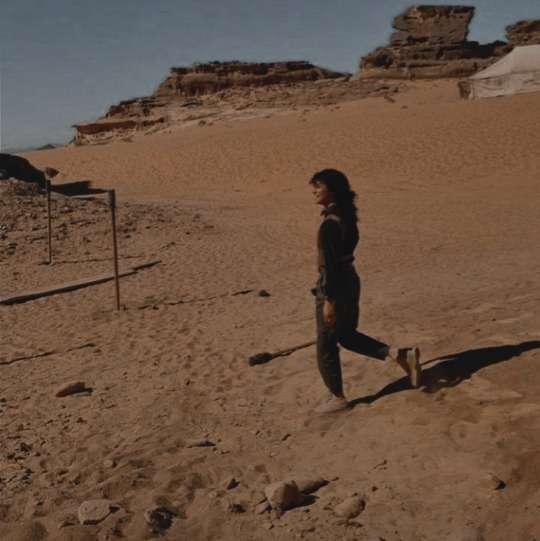
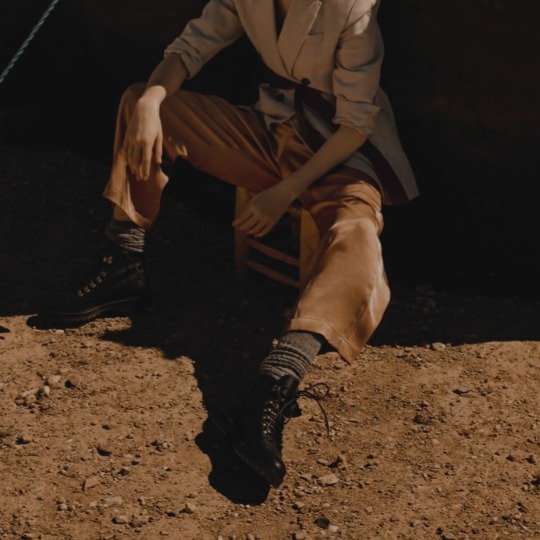

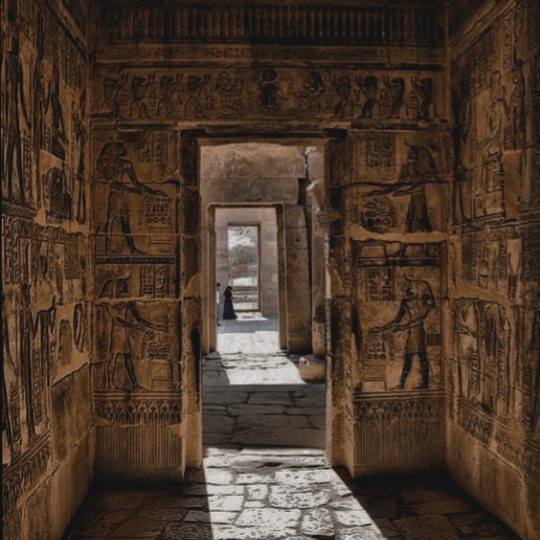
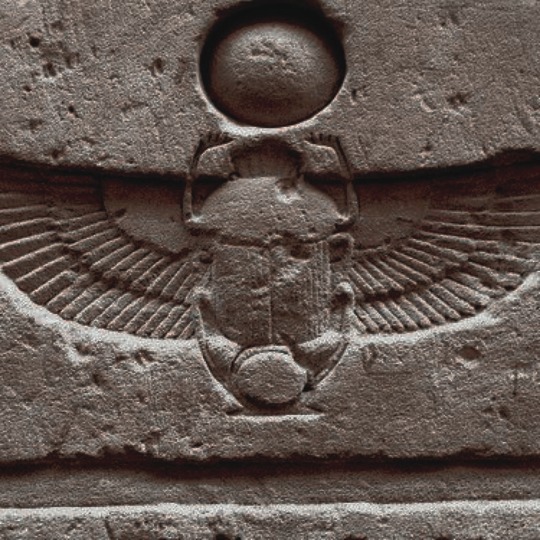


Character Aesthetic: Layla El Faouly
"I don't steal. They've already been stolen. That's what people forget."
#marvel moon knight#moon knight#moonknightedit#moonknight#mcu icons#mcu moodboard#layla el faouly#mcu layla#layla el faouly icons#moon knight icons#moodboard#dark academia moodboard#ancient egypt aesthetic#ancient egypt#layla x reader#marc x layla
539 notes
·
View notes
Text

#rose mcgowan#miss kitty#monkey bones#bastet#catwoman#cat lady#cheongsam#pug dog#dog#canine#cat#feline#ankh#ancient egypt aesthetic#2000s films#2000s film
0 notes
Text
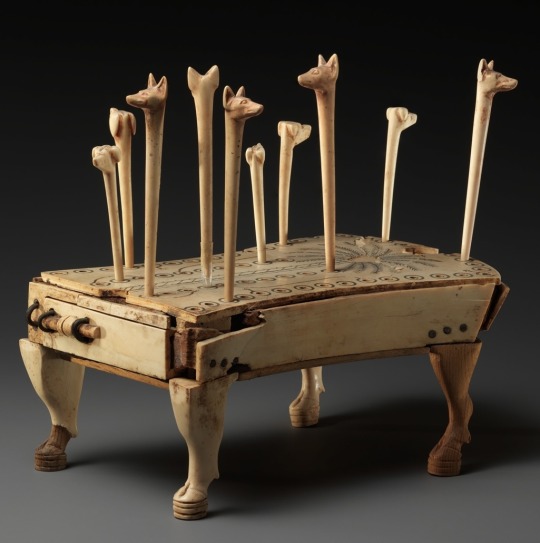
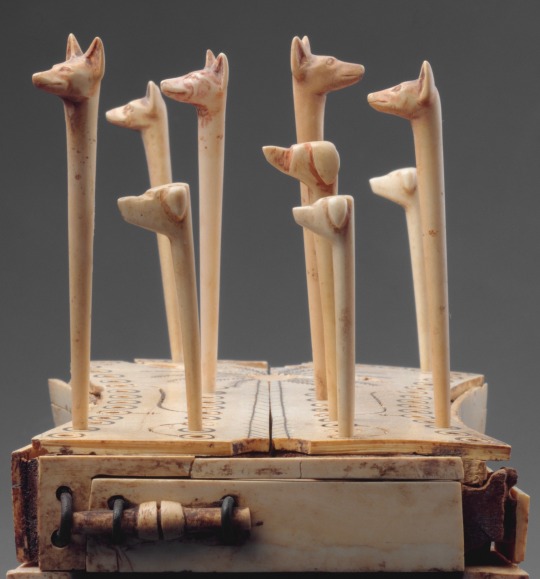
Egyptian
Game of Hounds and Jackals
Middle Kingdom, ca. 1814-1805 B.C.E.
#egyptian art#ancient egypt#ancient art#hounds and jackals#ancient history#artifact#antiquities#ancient people#ancient culture#egyptian history#egyptian culture#board games#chess#aesthetic#beauty#art history#aesthetictumblr#tumblraesthetic#tumblrpic#tumblrpictures#tumblr art#tumblrstyle#artists on tumblr#ancient artifacts
4K notes
·
View notes
Text
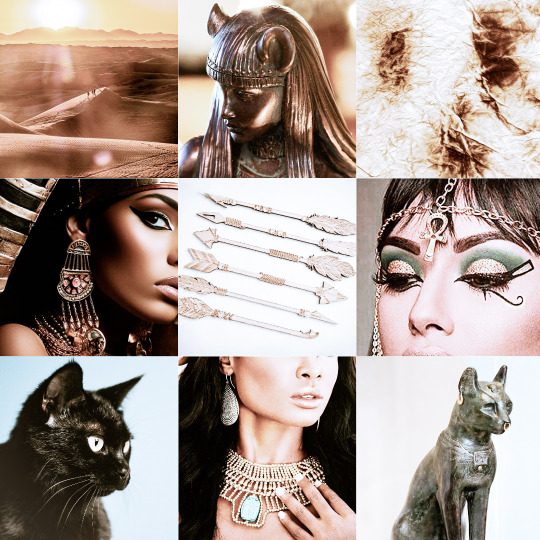
Egyptian mythology : Bastet - Cat's goddess of domesticity, home, fertility, women's secrets and childbirth. She's depicted as a defender of the Sun and protector against constagious diseases and evil spirits.
#moodboard#aesthetic#bastet#mythology#egyptian#egyptian gods#egyptian mythology#ancient egypt#goddess bastet
220 notes
·
View notes
Text

#ancient egypt#cleopatra#egypt#egyptian#egyptian aesthetic#egyptian antiquities#egyptian art#egyptian royalty#eqyptian architecture#queen of egypt#cleopatra makeup#cleopatra worship#cleopatra aesthetic#egyptian scarab#egyptian pharaoh#egyptian cats#egyptian statue#egyptian jewelry#egyptian cat#egyptian pyramids#ancient egyptian#scarab#khepera jewelry#khepera#turquoise#turquoise scarab#turquoise khepera#Egyptian beetle
170 notes
·
View notes
Text
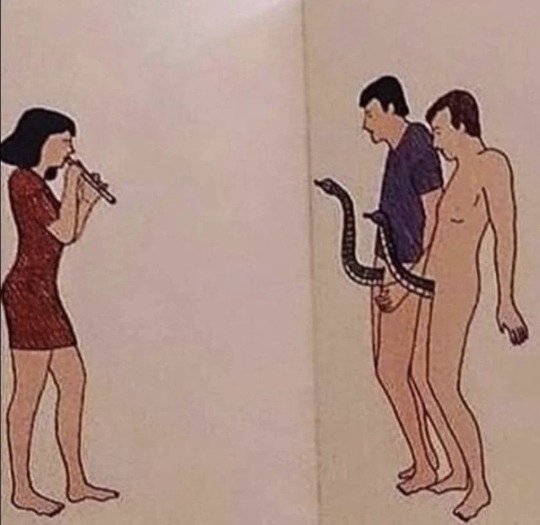
#pied piper#erotxcism#eroticism#aesthetic#vintage#style#beauty#ancient egypt#ancient art#seduction#medusa#femme fatale#snake charmer
207 notes
·
View notes
Text

Rochet-Schneider (1929)
#cars#cool#cool cars#car#classic car#vintage#motor#classic#drive#driving#spring#weekend#friday#retrostyle#retro aesthetic#retro fashion#retro style#retro illustration#retro#1920s cars#1920s fashion#1920s style#1920s art#1920s#ancient egypt#egypt
126 notes
·
View notes
Text

i've been seeing some agere posts about night at the museum (specifically ahkmenrah) and i think they're so cool !! 🌟 i also really love moon knight (think steven would be the sweetest cg) 🥰
so i decided to make a general ancient egypt themed agere board to kind of combine both these things ! specifically with lots of animal plushies because they're my favourite 🦛💕
#sfw agere#agere#sfw age regression#sfw regression#age regression#agere little#agere aesthetic#agere moodboard#moodboard#plushies#fandom agere#baby regression#sfw baby regression#sfw babyre#babyre#ancient history#ancient egypt#beamakes
166 notes
·
View notes
Text
When I approached Ra I was apprehensive. I don’t like the idea of supremacy. I don’t jive with the concept of kingship, and my past relationship with Christianity has made me shy away from all things “Father God”. I like the freedom of choice and self discovery that I’ve found in entities like Lucifer.
But Ra is helping me heal, and in him I’m starting to find that the divine masculine isn’t so scary after all. I thought because of his nobility and position as a king, he would be harsh and picky, but he’s starting to help me understand what it really means to be a God of kings. It doesn’t mean being served and obeyed just because you should, it means being such a great and supportive leader that people want to follow you. And as a father, a good father, Ra never raises his voice at his children. He gives them the best advice because he wants them to succeed. I didn’t feel like I “owed” him respect. I just wanted to, I wanted to be around him and learn from him. I wanted to trust in his leadership and I wanted to make him proud. That’s very new for me. Having grown up without a father, I’ve never understood what that feels like.
Ra reminds me of the beauty and strength of powerful men. Men who protect and lead and encourage, men who nurture. Men who use their strength to create rather than destroy. Men who are honest and know how to love.
Ra is warm (of course) and incredibly, indescribably powerful, but also so soft. So gentle. And lively, cheerful. A smiling God. He doesn’t need to be stern and cold to summon those feelings of immense respect and honour of being in his presence. He laughs and he accepts offerings with such appreciation.
Today I gave him an offering of bread with some peanut butter and water. It’s the first one I’ve ever given. And I was overwhelmed with this feeling of him being pleasantly surprised by the peanut butter. As if he was saying “oh! Bread AND peanut butter! This is a treat!”
And something about that made me feel particularly softened. You’re the king of the Gods, the blazing burning Sun that gives all life to Earth, and yet you’re pleasantly surprised by a little peanut butter. Lol.
Today was the first time I called upon Ra for protection. I did a modified banishment of the Hexagram and called to him in his many faces, along with Horus cleanse my space and aura. I’ve never felt so confident in a protection ritual. The pure blazing energy of the sun sanitizes everything it touches. As I hummed each syllable of his holy names I felt him smiling on me. He seems to like singing and humming a lot. It was the first time I’ve ever felt right ending a prayer with “Amen”.
I could feel Mother Isis looking on us too, she seemed relieved that I’ve finally found them. Something about all this feels like coming home.
☀️
#witchcraft#magick#occultism#pagan#paganism#witch community#demonology#witch aesthetic#witchblr#grimoire#kemetic paganism#eclectic pagan#deity work#deity worship#deity witchcraft#ra#ra deity#atum ra#horus#ancient egypt
81 notes
·
View notes
Text
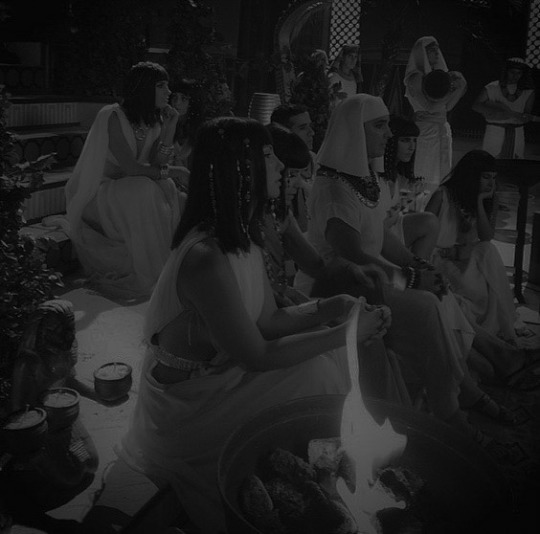
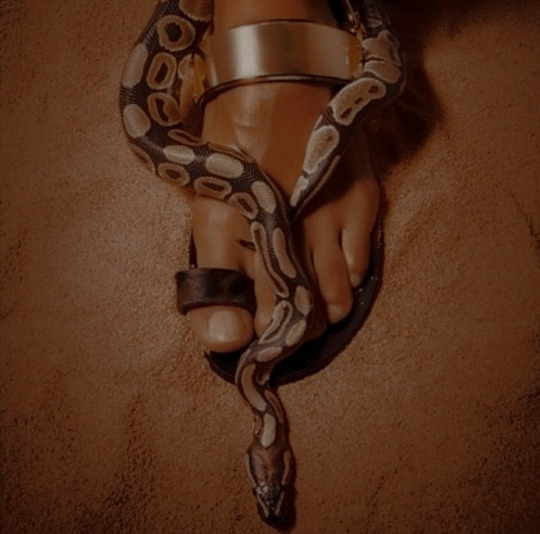


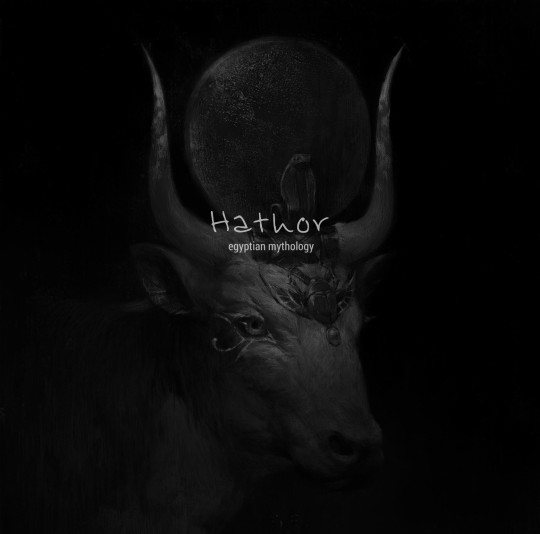


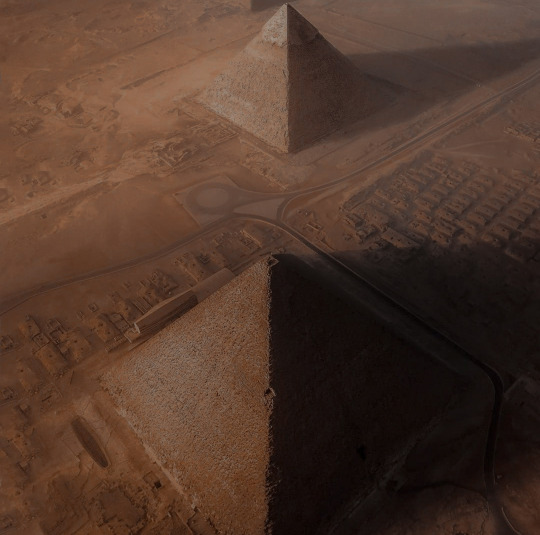
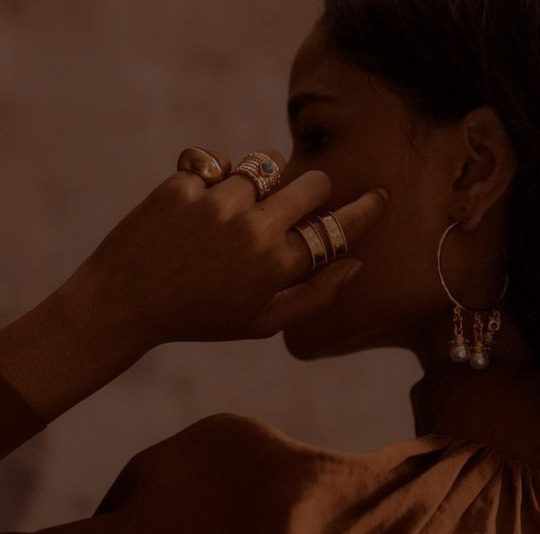
#hannamichelle-seraf#ancient egypt#gods of egypt#egyptian mythology#hathor#egyptian#art of ancient egypt#ancient egypt aesthetic#moodboard
46 notes
·
View notes
Text
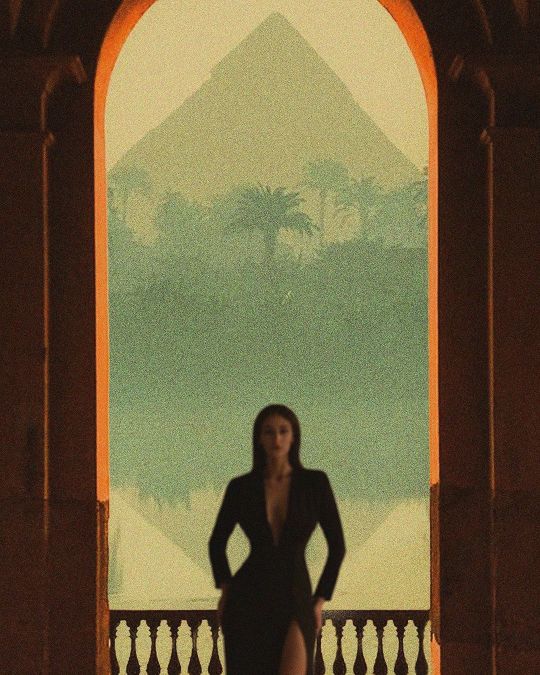



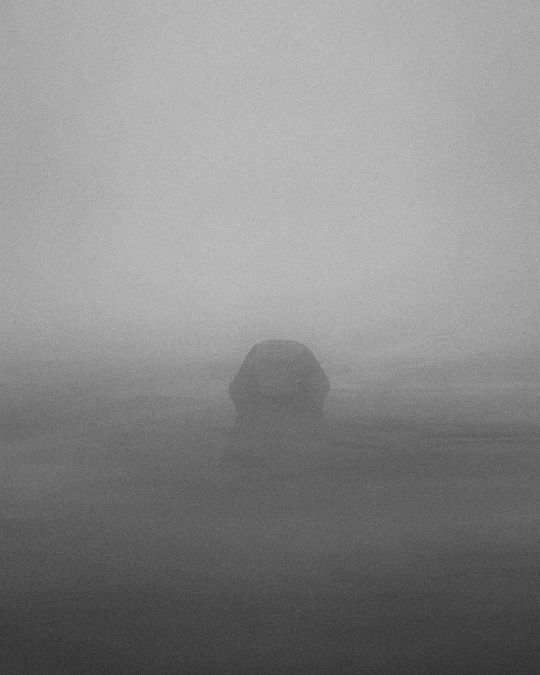


Art of " Karim Amr "
124 notes
·
View notes
Text
Bharani : the birth of Venus.
Part 1

Let's talk about ancient godesses of love and Bharani nakshatra.
I will base my research on the legend of the dead and resurrected god present in many religious myths coming from the middle east (ps : i'm sorry in advance for the grammar, syntax or spelling mistakes that you may find in this post, english is not my first language)
Bharani, situated in the heart of the rashi of aries is governed by Shukr: Venus but also by Yami and Yama in vedic mythology who are twins and gods respectfully of life and death.

Yama, the main deity of Bharani is said to be one of "8 celestial gatekeepers, who guards eight directional doorways or exits through which souls travel from an earthly plane to other planes of existence" making him the lord of Dharma since at one's death, he decides basing on his actions in what plane should one reincarnate.

Since Yama is responsible for directing the flow of life on Earth the association between bharani and the yoni becomes evident: the female reproducting system serves as a portal for souls to take on a physical form. So bharani as Claire Nakti perfectly described it relates to the feminine ability to receive, hold, nurture and ultimately transform through the womb.
Because Bharani aligns itself with all the feminine qualities by excellence it makes sense as to why Venus is it's ruler.
Venus is the roman name for the goddess Aphrodite: in greek mythology. She is said to be the goddess of love and beauty at large but also the goddess of war and sexuality. First because the ancient greeks saw the duality that links love to war and how they seem to come together through sex.
Also, Aphrodite is said to be born from the sperm of Ouranos when his testicules got cut by his son Saturn as he was always feconding Gaia, the Earth and causing her distress: he was acting cruel regarding their children. The sperm of Ouranus got mixed up with the foam of the Ocean creating Aphrodite which means "risen from the foam". So it was interesting to see that as Shukr also means sperm in sanskrit and it shows the origin of Venus as a fertility goddess too.

This conception of Aphrodite directly links her to ancient goddesses of love such as Ishtar or Inana in Mesopotamian/summerian mythology or Isis in egyptian mythology. Most of the time, these goddesses are the female counterpart of a god that was once mortal, got cursed, died and then came back to life for them to form an immortal couple.
In the case of Ishtar, her consort is Dumuzi or Tammuz and Osiris is the consort of Isis.
In Mesopotamian mythology :
Ishtar or Inana in sumerian is the goddess of love and sexuality, beauty, fertility as well as war because of her status as a " bloody goddess" mostly refering to her character in plenty of myths.
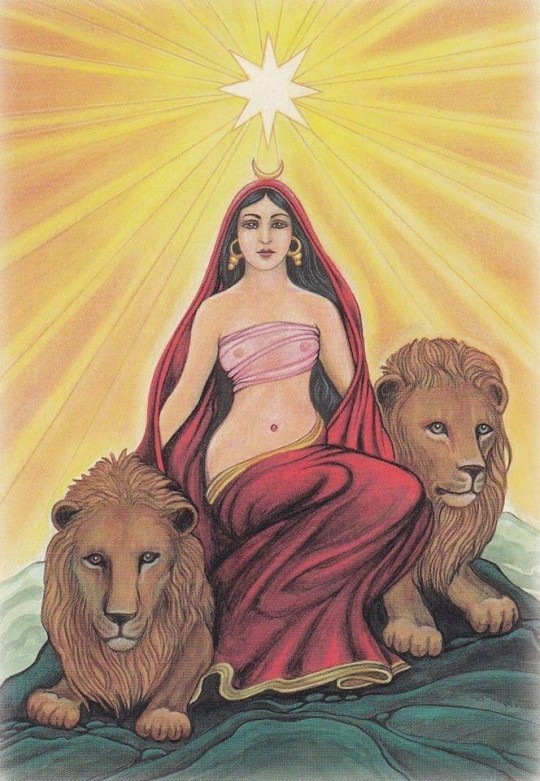
For example: in one story, she became infatuated with the king Gilgamesh, but the latter knowing her fierce reputation, refused her advances. As a result she got furious and unleashed the celestial Bull on Earth which resulted in 7 years of plagues. This celestial bull was later defeated by Gilgamesh and Endiku, and its corpse was throwed in front of Inana. Blinded by rage, she decided that as a punition Enkidu must die and sad at the death of his bestfriend Gilgamesh began his journey to find a cure to Death.
Bharani is a fierce or Ugra nakshatra meaning that its nature is agressive, bold and assertive in pursuing their goals. They are ruthless in the process of accompling what they desire the most and are inclined to extreme mood swings that can result in them to be "blinded" by their extreme emotions perfectly expressing the passionate character of Venus and her other equivalents in differents pantheons of antiquity.
Inana/ Ishtar's story with Dumuzi/Tammur begins as she was convinced to chose him by her brother Utu. Then she got married with the shepphard Dumuzi instead of whom she prefered in first the farmer: Enkinmdou. During the courtship, Inana prefered the fine textile of the farmer and his beer rather than the thick wool and milk of Dumuzi. The preference for the shepphard illustrates that at the time the Mesopotamian civilisation was known for their proliferent agriculture with the egyptians in the region, so this myth encapsulate the opposition between nomads and sendatary people at this specifific time period.

By the way, another symbol of Bharani is the cave and traditionnaly, the cave was used as a storage room for food. Also Bharani's purpose is Artha so these individuals are motivated to accumalate resources and provide safety and security, so Bharani can be linked to the exploitation of natural ressources like the soil illustrating the preference of Ishtar for the farmer. This is reinforced also by its Earth element.
So coming back to the myth, in a mesopotamian text called Inana's Descent to the Underworld, the goddess goes to Kur (hell) with the intent of conquering it, and her sister Ereshkigal who rules the Underworld, kills her. She learns that she can escape if she finds a sacrifice to replace her, in her search, she encounters servants who were mourning her death however she finds Dumuzi relaxing on a throne being entertained by enslaved girls. Enraged by his disloyalty she selects him as a sacrifice and he is dragged to the Underworld by demons.
He is eventually resurrected by Inana and they become an "immortal couple" as he may only come back to life for half of the year, being replaced by his son (?) who is also his reincarnation for the other half of the same years, so describing the cycle of regeneration of life.
Other mythologycal stories of goddesses in the near east describe a similar patterns:
The goddess Asherah is described as being the mother and the lover of her son Adonis.
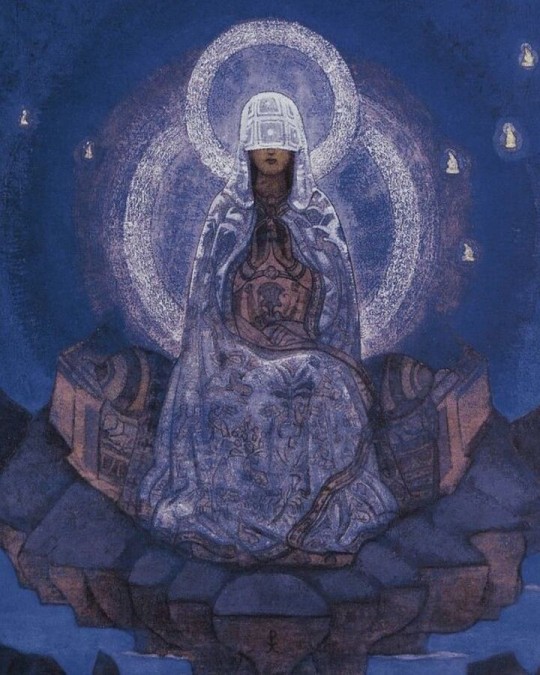
The goddess Cybele in the phrygian pantheon takes the form of an old woman as she described as the mother of everything and of all. And at the same time she is the consort of Attis who his her own son (wtf ?)
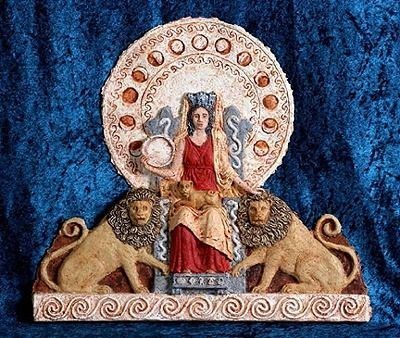
Also, Yama and Yami are implicated in a incestuous entanglement where his sister Yama wanted to lay with him however he refused establishing himself as a god with an infaillible moral campus.
All of these representations illustrate the relation between the masculine and the feminine, life and regenration which are all topics related to Bharani nakshatra. Women by their capacity to give life are seen as the source of life and therefore are eternal as they are able to regenarate themselves through daughters which are identical to them whereas man who is unable to reproduce by himself, is therefore mortal feels the need to associate with her to resurrect through a son who is identical to him. Bharani exiting as the embodiment of the link between "the father and the offspring" which is the feminine vessel.
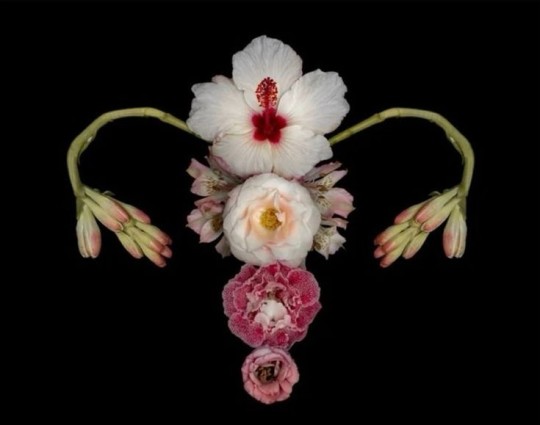

So this is certainly part 1, I think that these ancient myths are where Claire Nakti found her inspiration for her series on Bharani.
#vedic astrology#cinema#coquette#astrology#vintage movies#aesthetic#coquette dollete#fashion#vintage#movies#greek mythology#roman mythology#ancient egypt#bharani#chitra nakshatra#purva bhadrapada#purva phalguni#cowboy carter#venus#adonis
103 notes
·
View notes
Text


Egyptian
Sphinx of Amenhotep IlI, (possibly from a Model of a Temple)
New Kingdom, ca. 1390-1352 B.C.E.
#egypt#egyptian art#egyptian history#sphinx#ancient art#ancient egypt#ancient history#ancient people#artifacts#antiquities#ancient culture#ancient aesthetic#aesthetic#beauty#statue#art history#aesthetictumblr#tumblraesthetic#tumblrpic#tumblrpictures#tumblr art#tumblrstyle#artists on tumblr
837 notes
·
View notes
Text

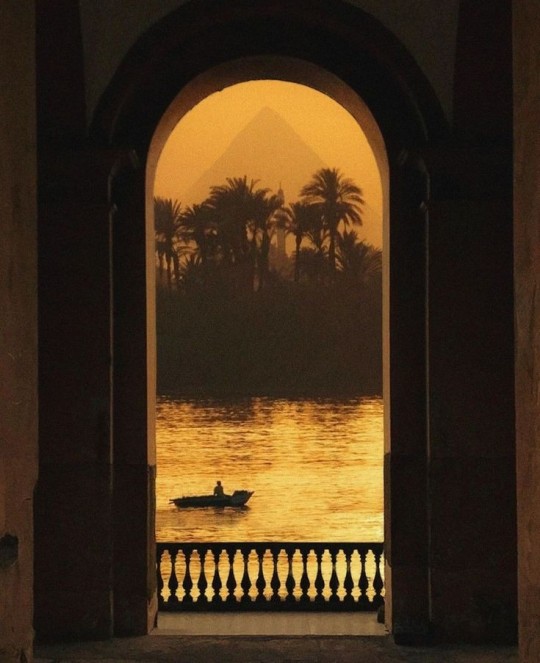
A golden cage is still a cage
#dark academia#romanticism#romantic academia#aestethic#dark acadamia aesthetic#dark academia vibes#beauty#quotes#light academia#poetry#dark academia moodboard#dark academia aesthetic#dark romanticism#dark aesthetic#egypt#ancient greece#inspiring quotes#dark academia quotes#spilled words#spilled thoughts#spilled ink#dark art#dark cottagecore#golden hour#vintage aesthetic#view#academia aesthetic#chaotic academia#chaos academia#brown moodboard
92 notes
·
View notes
